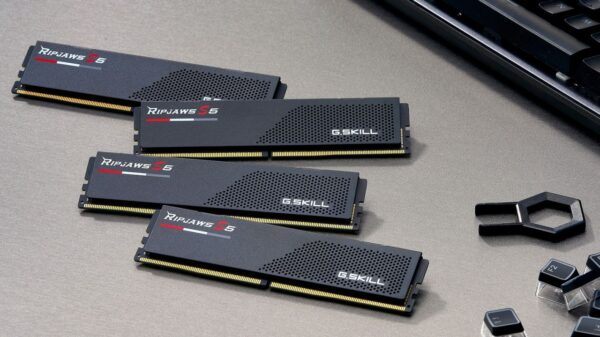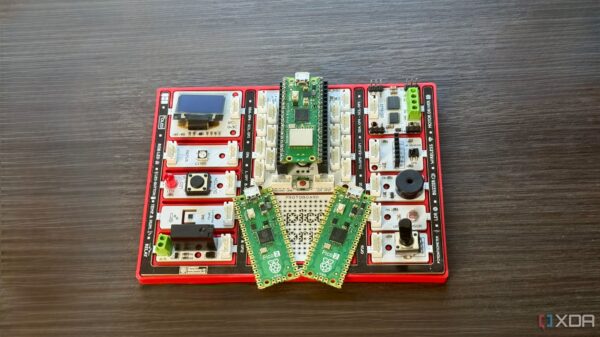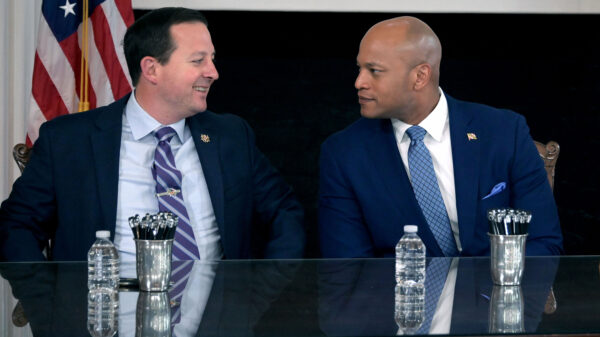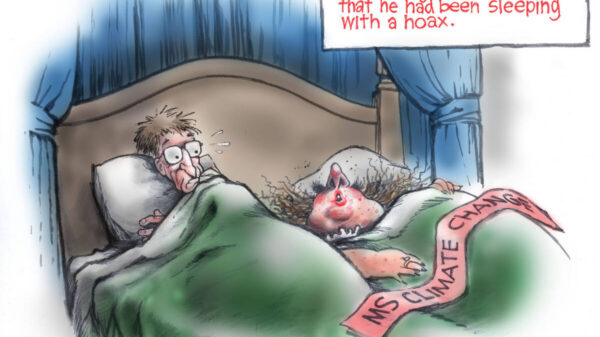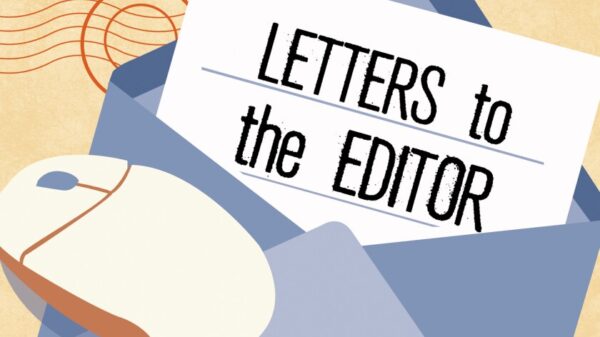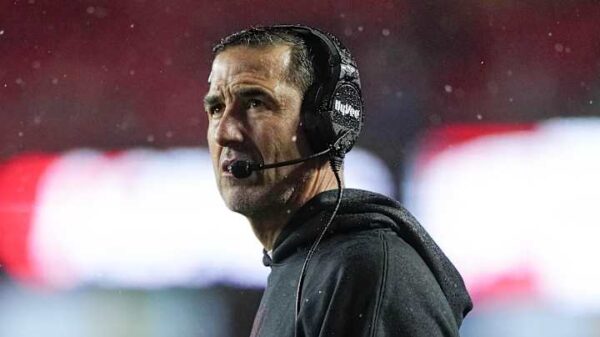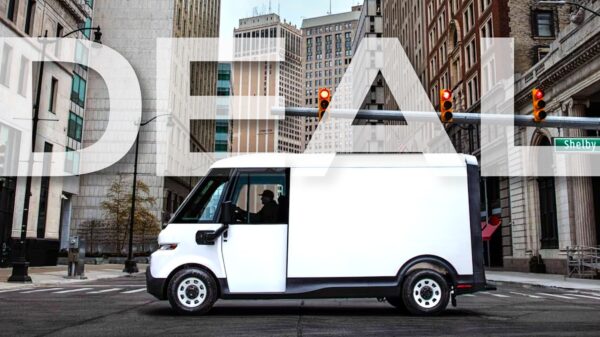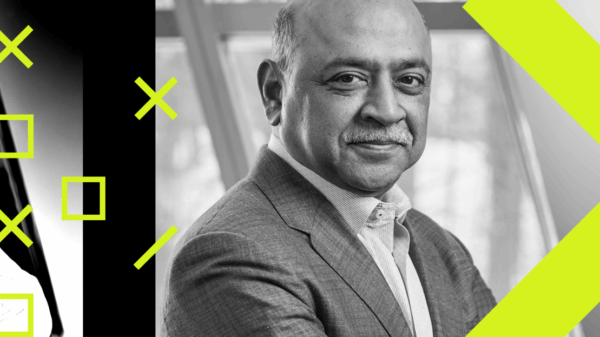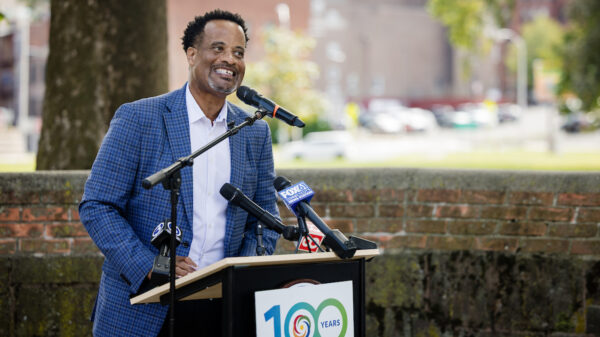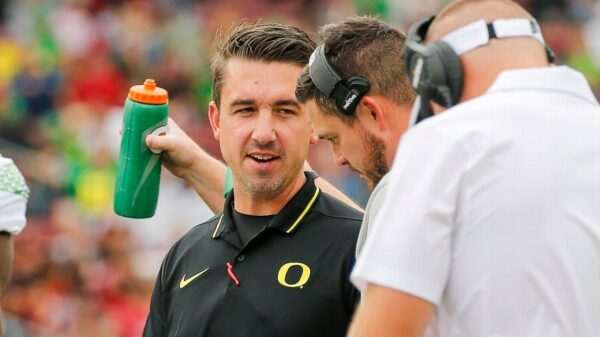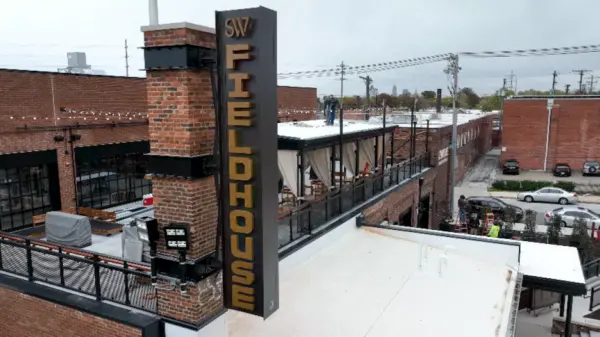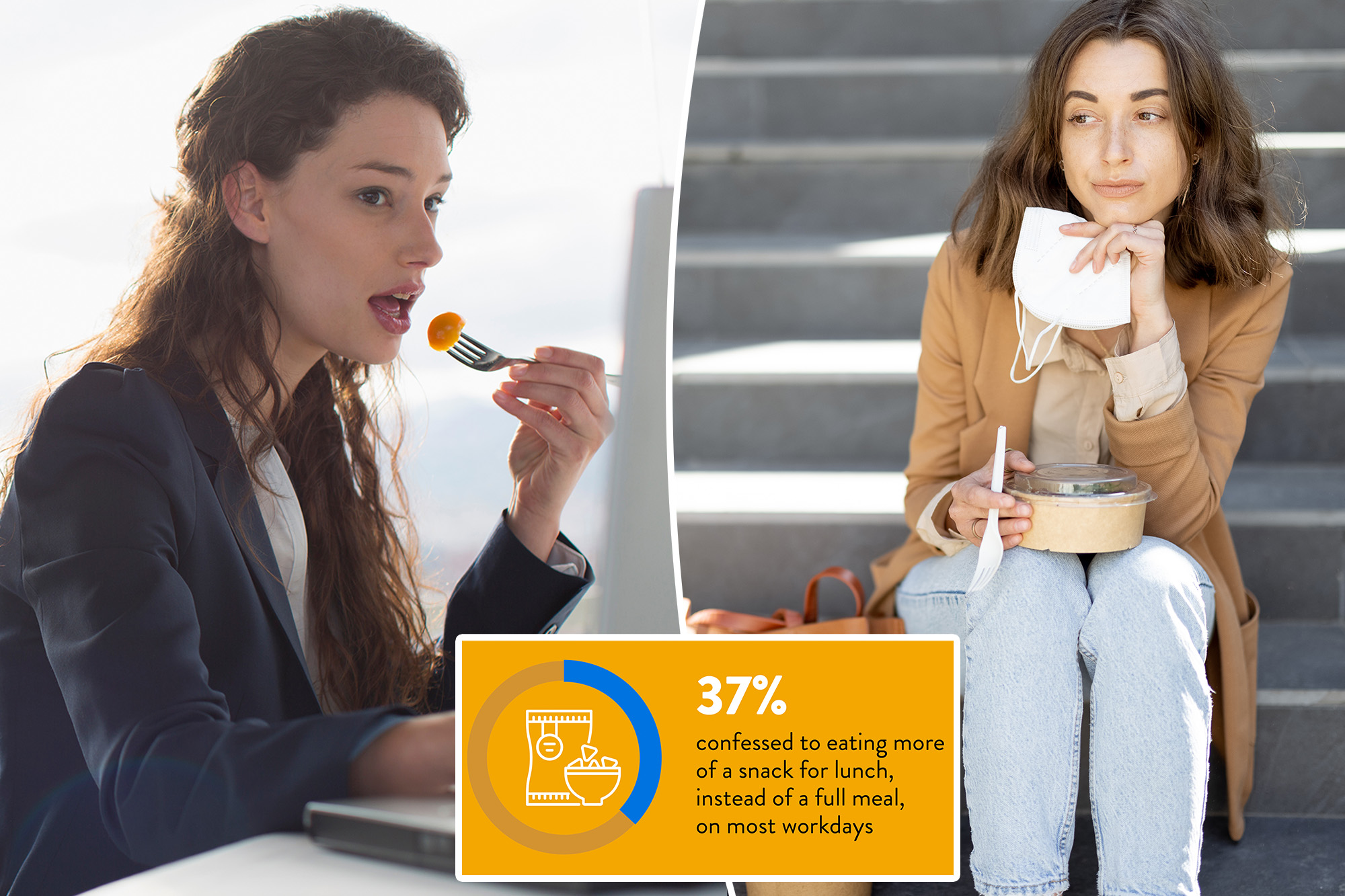A recent survey indicates that more than half of employed Americans are sacrificing their lunch breaks in a bid to increase productivity. The poll, conducted by Talker Research and commissioned by Buddig, surveyed 2,000 employed Americans, including 1,000 working parents with school-aged children. Results show that 55% of respondents skip lunch on busy days, with many forgetting to eat at least twice a week.
The survey, conducted between July 15 and July 18, 2025, highlights a concerning trend in workplace culture. More than 43% of workers depend on reminders to have their midday meal. Women, in particular, are more likely to need reminders, with 63% reporting they require prompts compared to 48% of men.
Despite these statistics, a majority of workers, 63%, manage to eat a full meal during lunch most days. Yet, a significant 37% admit to opting for lighter snacks or grazing throughout the day instead of consuming a proper meal. Additionally, approximately 13% of respondents indicated they often work while eating lunch, rather than taking a break to enjoy their meal.
A breakdown of lunch habits reveals notable differences among various demographics. Men are more inclined to take a break from work to eat, at 91%, compared to women at 85%. In terms of work arrangements, hybrid workers demonstrated the highest likelihood of stepping away for lunch at 94%, while remote workers followed at 85% and in-person employees at 87%.
The survey also found that one-third of employed Americans typically consume their lunch at their desks, with remote workers showing a higher tendency to do so at 41%. The average lunch break occurs at 12:48 p.m. and lasts only about 35 minutes. Even during their breaks, many workers multitask—43% of those who take a break engage in other activities, with women multitasking more often than men, at 51% versus 33%. The most common activities during lunch include checking social media (70%), texting (64%), and making phone calls (55%).
Despite the prevalence of working through lunch, a substantial 84% of respondents agree that taking offline lunch breaks, away from screens, is beneficial for their health. Amy Krider, senior brand manager at Buddig, emphasizes the importance of taking time to eat a full meal. “While it can be tempting to power through your workday and skip taking a lunch, it’s important to give yourself a break,” she stated. “Not only do we need energy from a filling meal to do our best work, but we also need breaks from our screens for our health and wellness.”
The survey further revealed the sources of workers’ lunches. On a typical workday, 62% of employed Americans usually bring lunch from home, while 33% purchase it, and 5% have their meals provided by their employers. When it comes to lunch preferences, sandwiches are the most popular choice, with 75% of workers citing them as their go-to meal. Notably, 70% of those with school-aged children also reported that their kids favor sandwiches.
When examining the nutritional quality of lunches, working parents acknowledged that their children’s meals are generally healthier than their own. While 83% of parents reported their children’s lunches as healthy, only 74% felt the same about their own meals. Additionally, hybrid workers were found to consume the healthiest lunches at 79%, compared to 71% of remote workers and 65% of in-person employees. Interestingly, those whose lunches are catered reported healthier meals (75%) than those who bring homemade lunches (72%) or purchase their meals (62%).
Krider noted the challenges busy work schedules present in preparing nutritious meals. “Many don’t have time to pack healthy, protein-filled lunches,” she explained. “Working parents face the added challenge of ensuring their children receive nutritious meals while at school. The classic sandwich proves to be a versatile and protein-rich option that fits well into the busy lifestyles of working families.”
The findings from this survey shed light on the lunch habits of employed Americans, raising important questions about workplace culture and the significance of taking breaks for both productivity and health.

